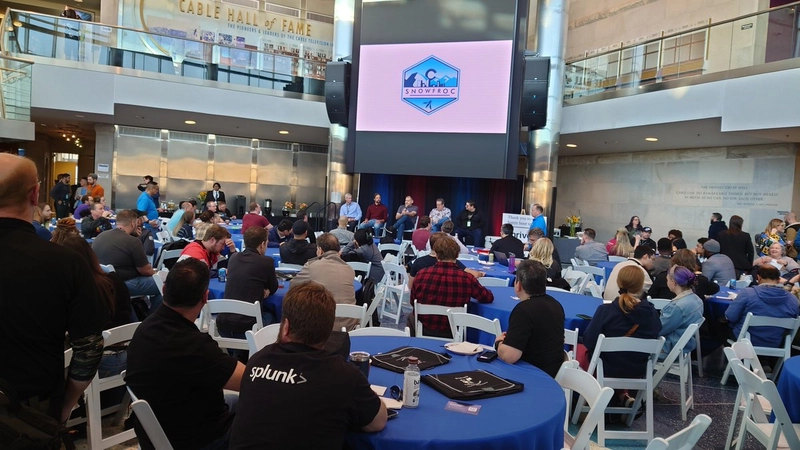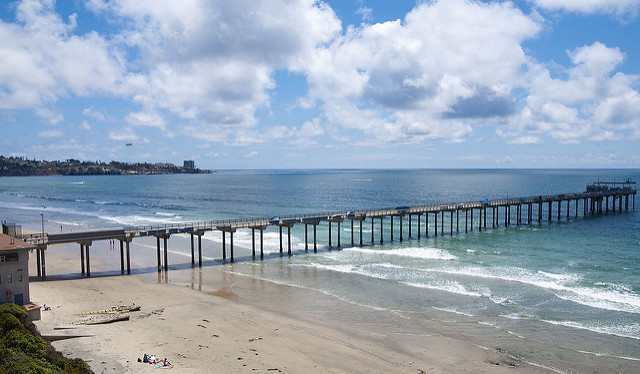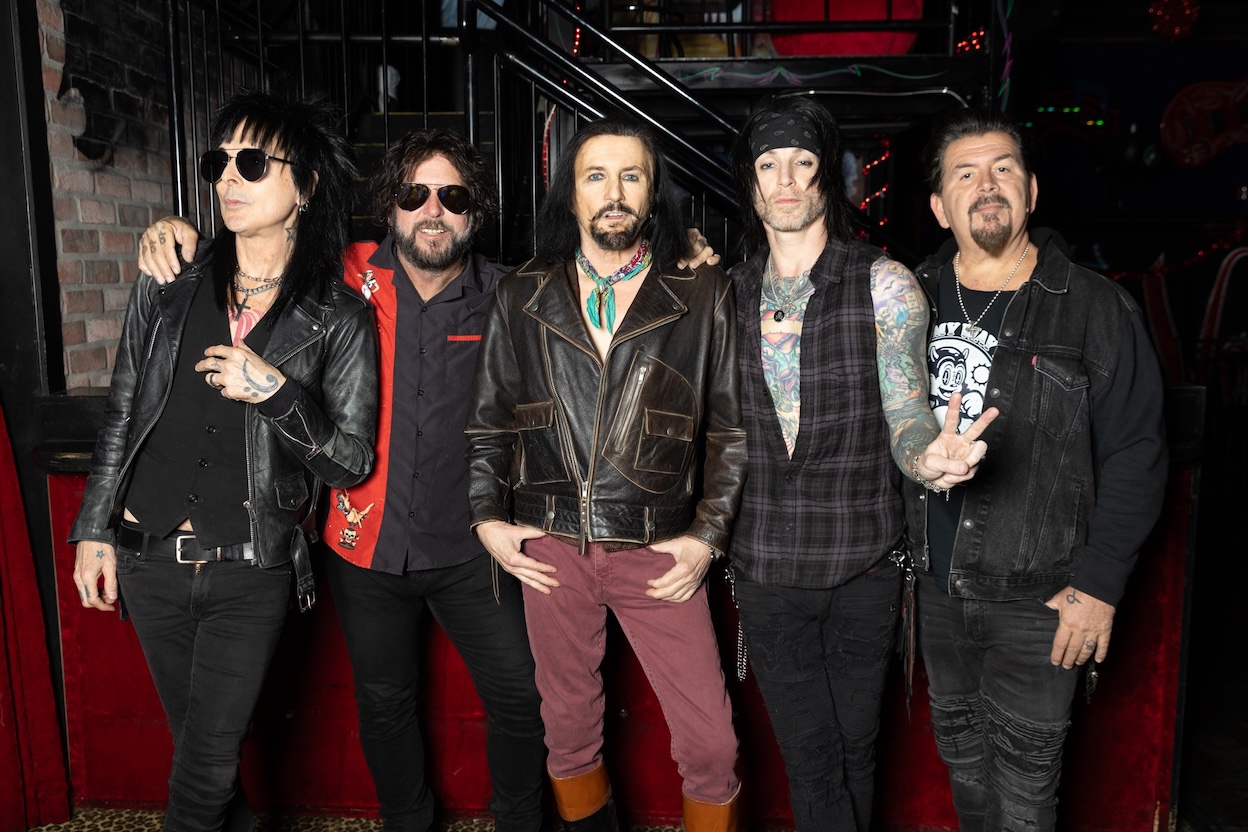My First AWS EC2 Instance: From Stumbles to a Running Nginx Server
Introduction Starting my DevOps journey, I set out to launch an EC2 instance and host a web server. It wasn’t all smooth sailing, but I learned a ton along the way. The Plan Launch an EC2 instance with AWS Console and CLI. Connect via SSH. Set up an Nginx web server. How It Went I kicked off by launching an instance via the AWS Console—easy enough with Amazon Linux 2 and a t3.micro. I added SSH (port 22) and HTTP (port 80) to the security group, grabbed my key pair, and SSH’d in with: ssh -i my-key.pem ec2-user@ Next, I ran: sudo yum update -y sudo amazon-linux-extras install nginx1 -y sudo systemctl start nginx But then, I hit a snag. Challenge 1: Wrong AMI, Wrong Tools My first attempt flopped—I couldn’t install Nginx because amazon-linux-extras wasn’t recognized. Turns out, I’d picked the wrong AMI (not Amazon Linux 2). After a quick cat /etc/os-release check, I relaunched with the right AMI and the install worked like a charm. Challenge 2: Port Problems I couldn’t load http://. The culprit? My inbound rules in security group had port 443 (HTTPS) open instead of port 80 (HTTP). I had to remove port 443 & add inbound rules for port 80, then refreshed the page & Nginx was running, the welcome page popped up perfectly. Takeaways AMI Matters: Picking the right image saves headaches with package managers. Ports Are Key: Security groups need to match your app’s needs—port 80 for HTTP, not 443 unless you’re ready for HTTPS. Persistence Pays: Troubleshooting is half the fun of DevOps. What’s your favorite beginner AWS tip?

Introduction
Starting my DevOps journey, I set out to launch an EC2 instance and host a web server. It wasn’t all smooth sailing, but I learned a ton along the way.
The Plan
- Launch an EC2 instance with AWS Console and CLI.
- Connect via SSH.
- Set up an Nginx web server.
How It Went
I kicked off by launching an instance via the AWS Console—easy enough with Amazon Linux 2 and a t3.micro. I added SSH (port 22) and HTTP (port 80) to the security group, grabbed my key pair, and SSH’d in with:
ssh -i my-key.pem ec2-user@
Next, I ran:
sudo yum update -y
sudo amazon-linux-extras install nginx1 -y
sudo systemctl start nginx
But then, I hit a snag.
Challenge 1: Wrong AMI, Wrong Tools
My first attempt flopped—I couldn’t install Nginx because amazon-linux-extras wasn’t recognized. Turns out, I’d picked the wrong AMI (not Amazon Linux 2). After a quick cat /etc/os-release check, I relaunched with the right AMI and the install worked like a charm.
Challenge 2: Port Problems
I couldn’t load http://. The culprit? My inbound rules in security group had port 443 (HTTPS) open instead of port 80 (HTTP). I had to remove port 443 & add inbound rules for port 80, then refreshed the page & Nginx was running, the welcome page popped up perfectly.
Takeaways
- AMI Matters: Picking the right image saves headaches with package managers.
- Ports Are Key: Security groups need to match your app’s needs—port 80 for HTTP, not 443 unless you’re ready for HTTPS.
- Persistence Pays: Troubleshooting is half the fun of DevOps.
What’s your favorite beginner AWS tip?





















_Hanna_Kuprevich_Alamy.jpg?#)





















































